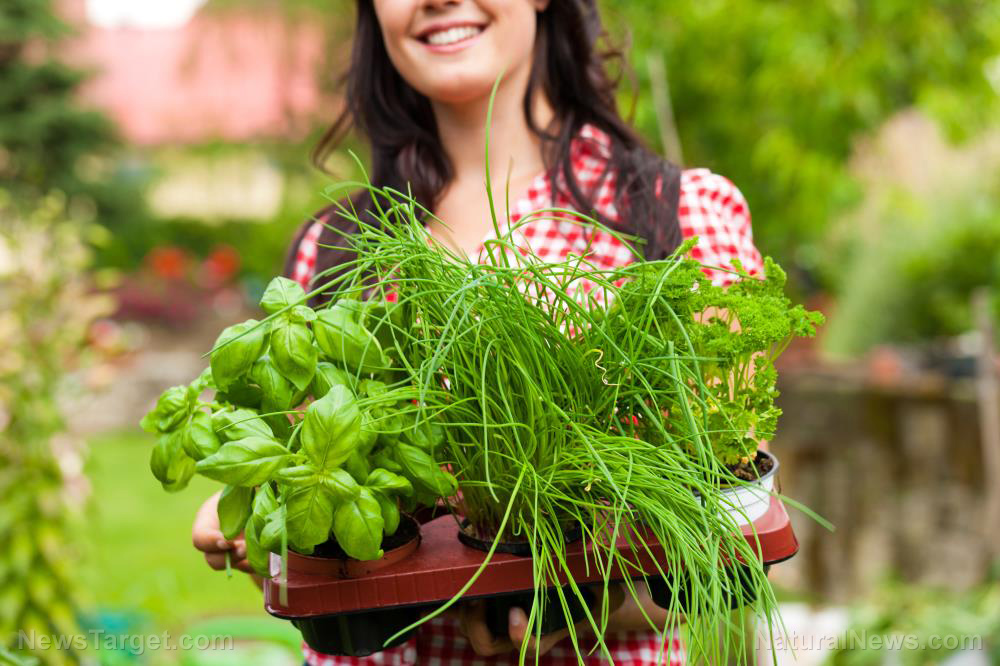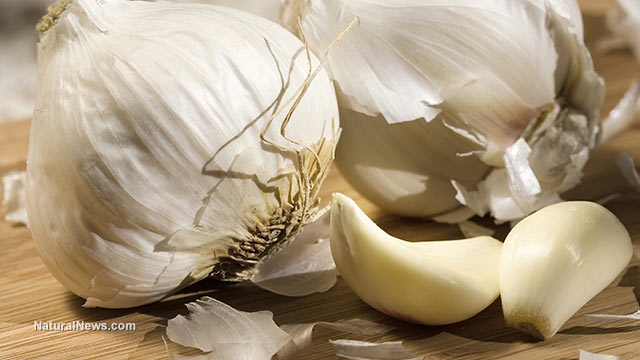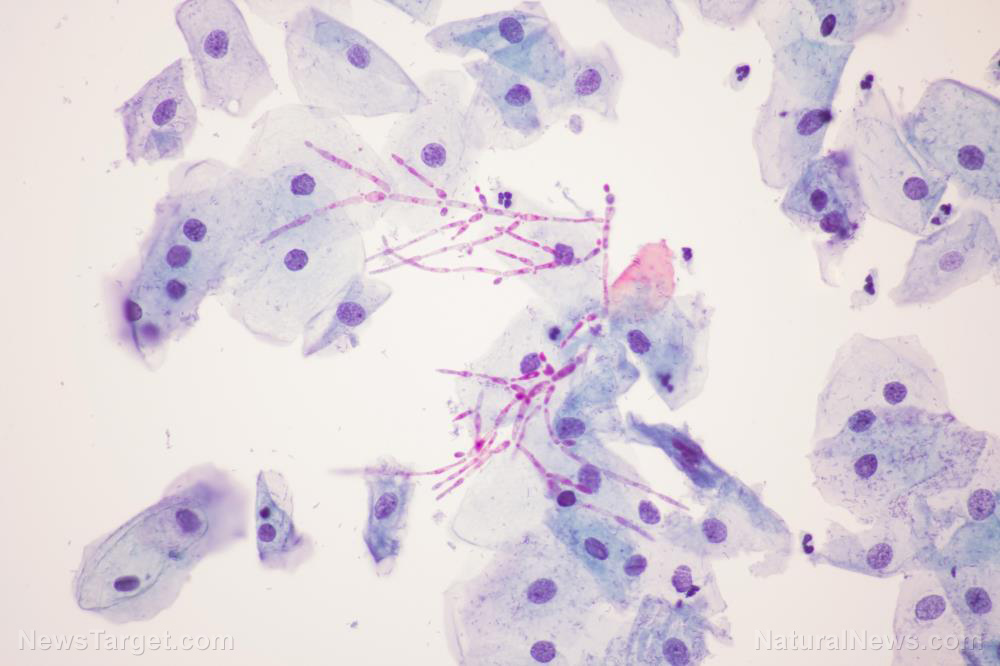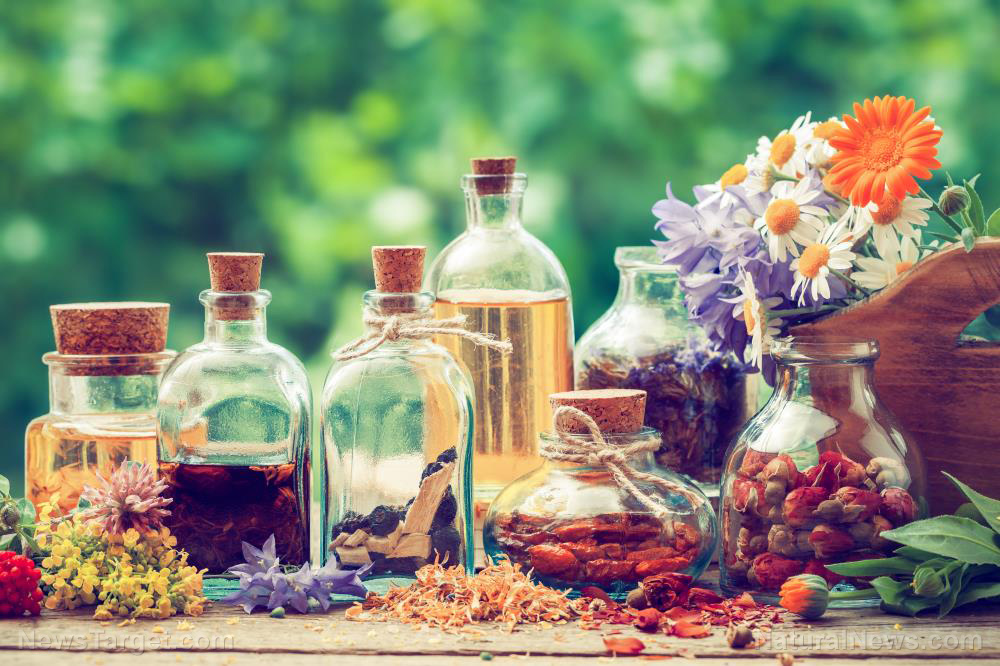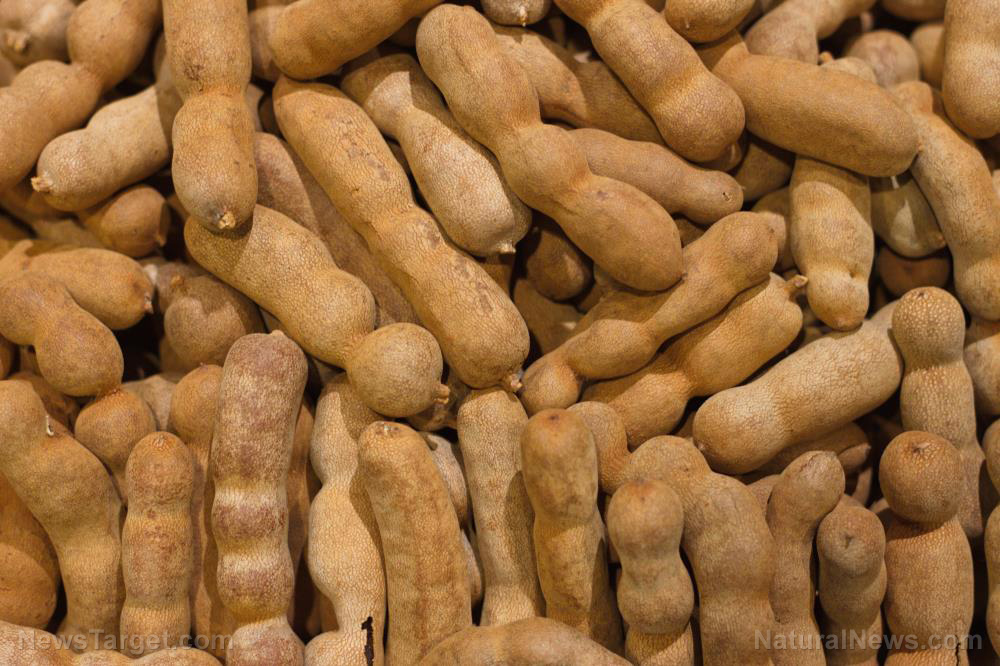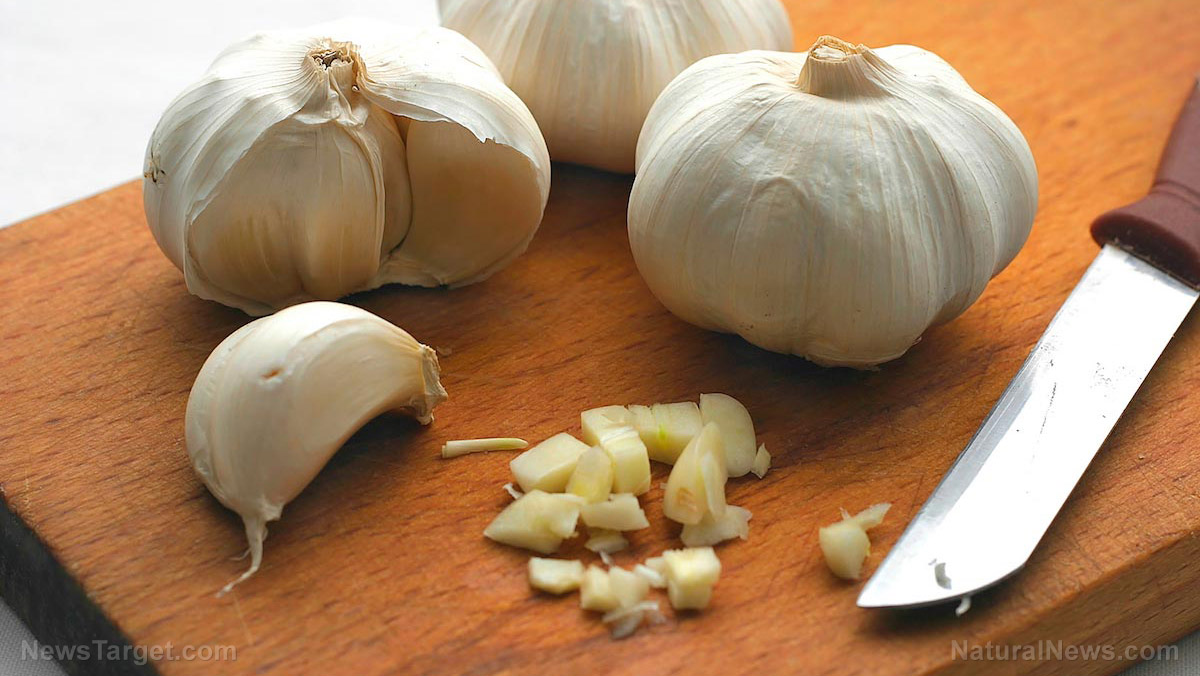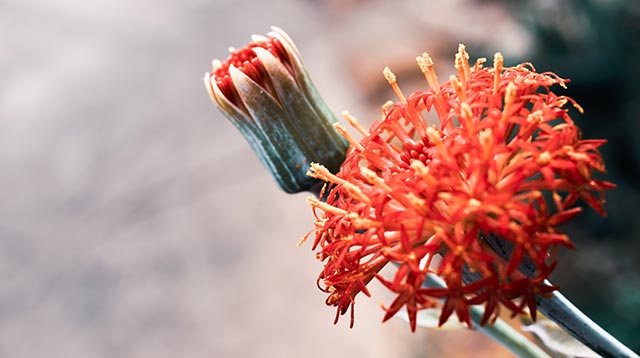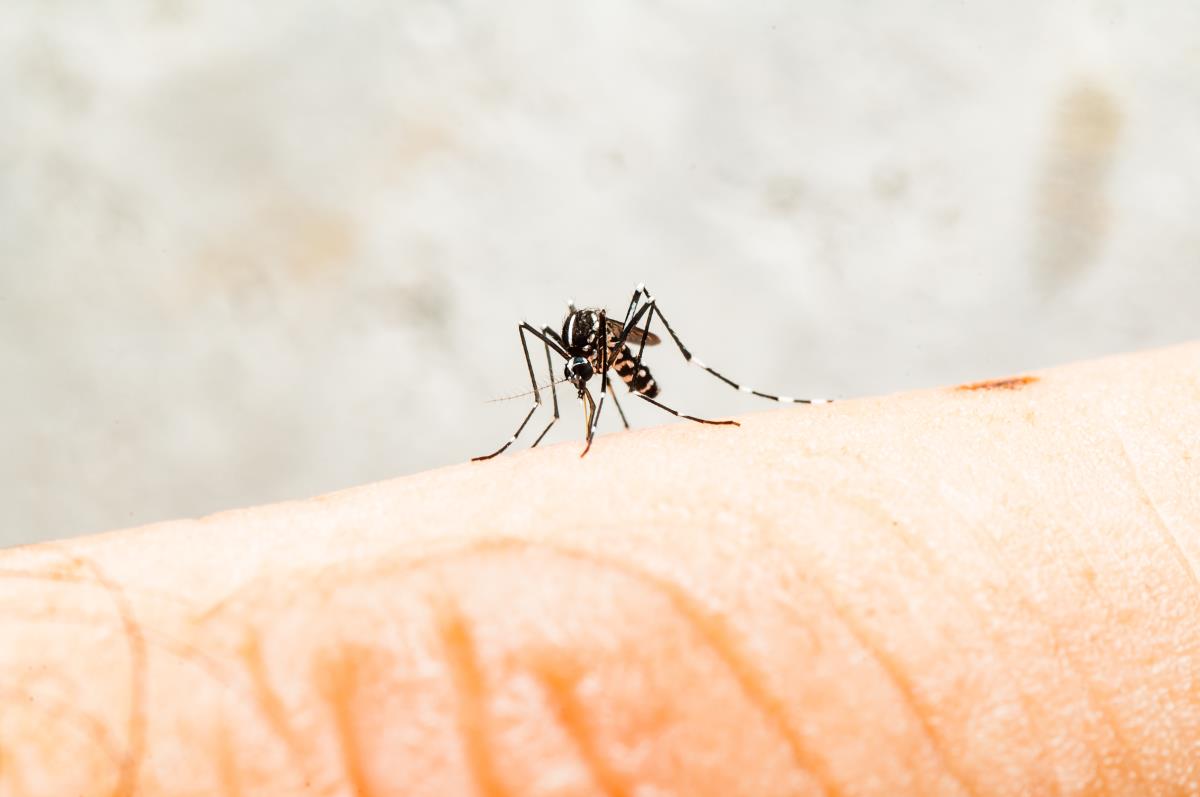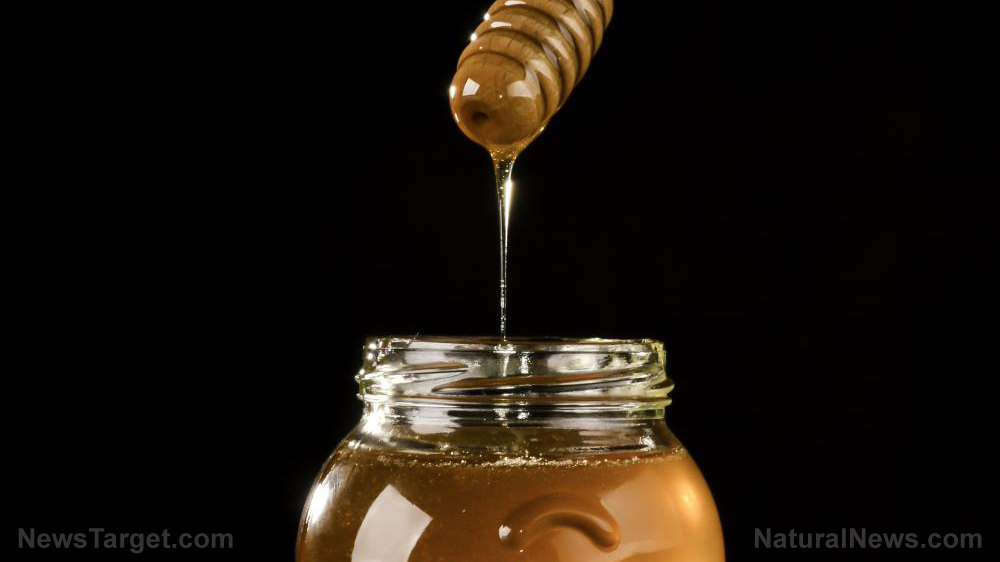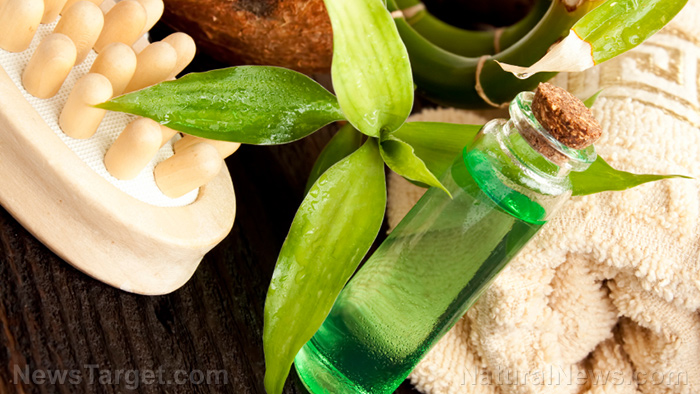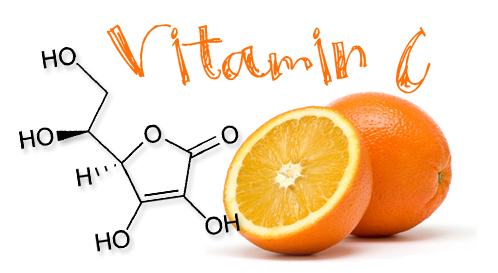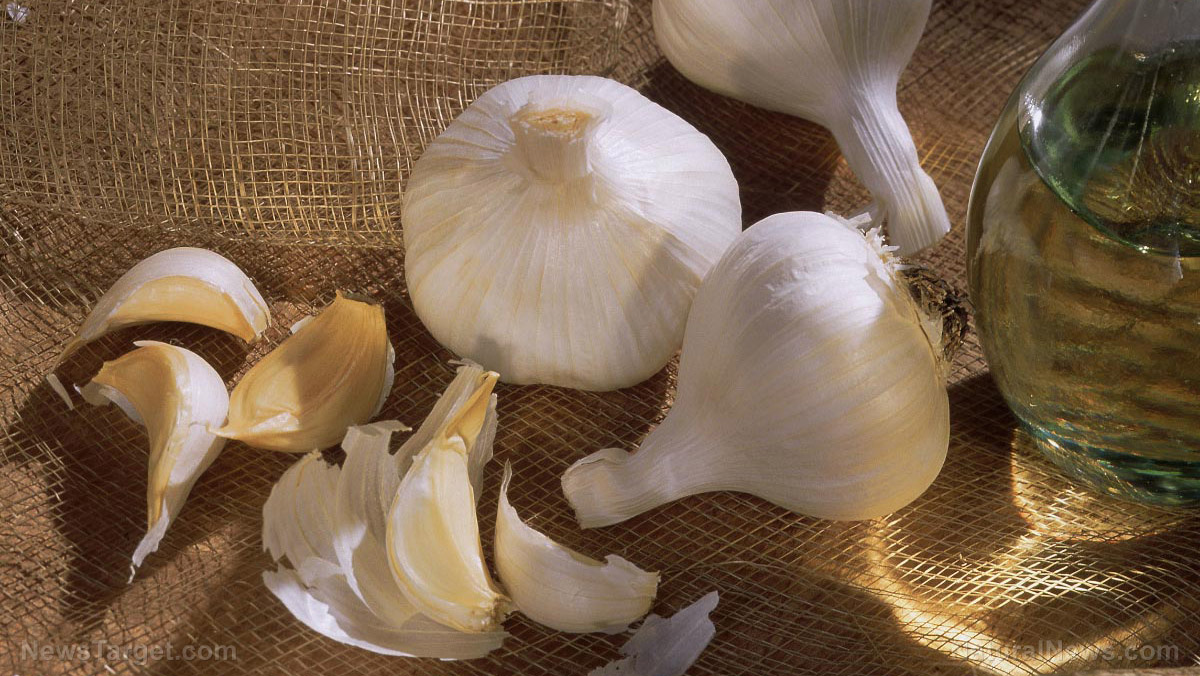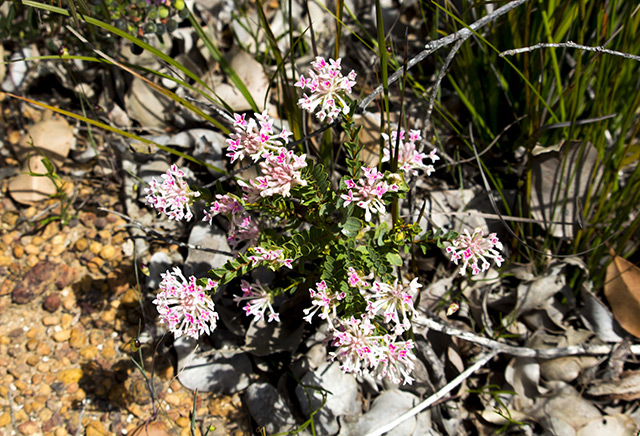Making medicine after a disaster: North American’s top medicinal plants
07/22/2018 / By Frances Bloomfield
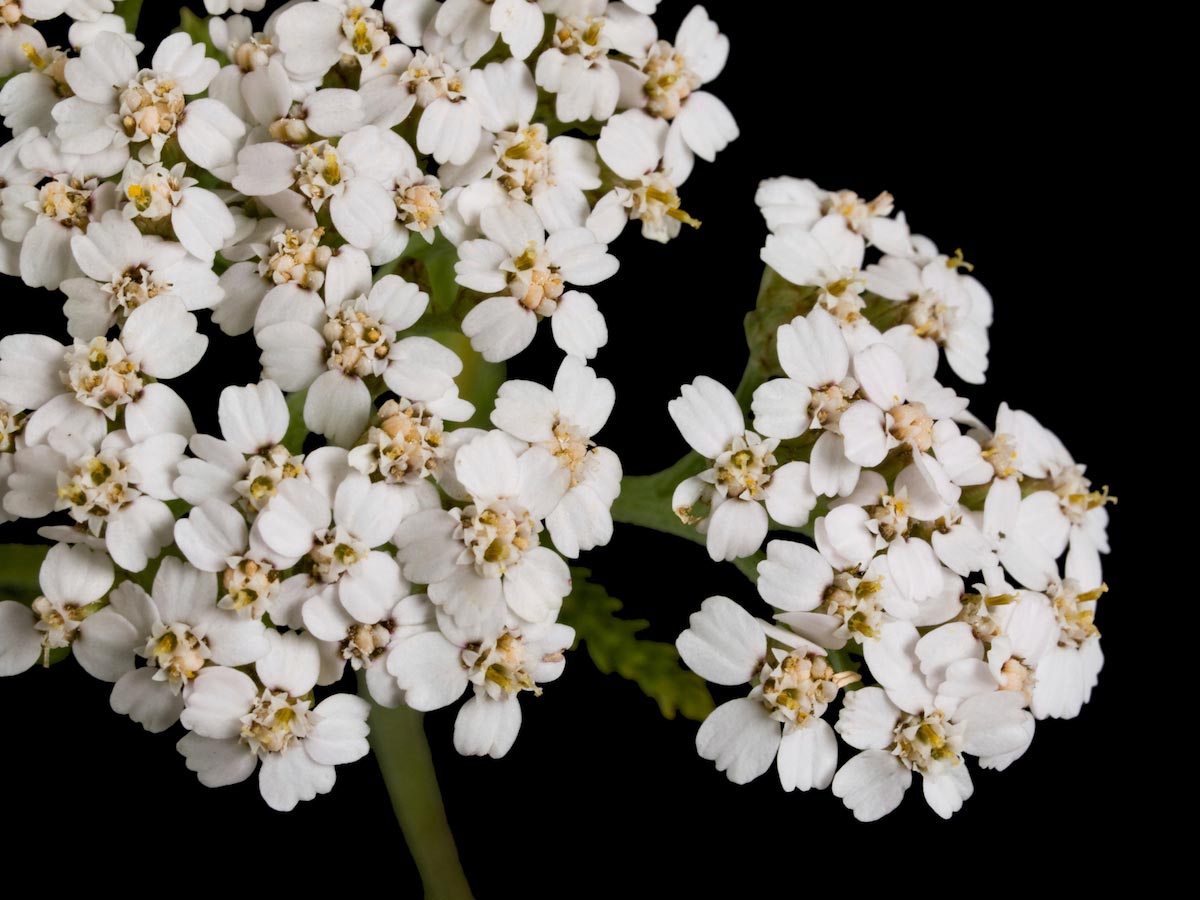
Nature is a wonderful source of food, but did you know that you can count on it for medicine too? North America is rife with medicinal plants. Some can speed up the healing process of cuts and bruises, while others can help you get through a bad cold. Either way, we’re surrounded by plants essential to surviving in a post-disaster world. Watch out for any of the following plants because, who knows, they may just save your life one day. (h/t to BioPrepper.com.)
- Yarrow: A perennial herb with multiple uses, yarrow is a plant that has both external and internal applications. Placing crushed leaves and flowers on cuts and scratches can stop them from bleeding. Thanks to its antimicrobial and antiseptic properties, yarrow can significantly reduce the risk of infection as well. Yarrow has diuretic and diaphoretic, or sweat-inducing, qualities too. This makes it quite effective at helping the body rid itself of a bad cold or the flu. For this purpose, you’ll want to take yarrow as a tea. Have an eye infection? Yarrow makes for a decent eyewash too.
- Elder: Just like yarrow, elder has a variety of uses. From serving as an eyewash to treating wounds to alleviating respiratory illnesses, the elder plant is yet another good addition to your natural first aid kit. Keep in mind, however, that you should stay away from raw elderberries. Not only are they mildly toxic, but raw elderberries have been shown to interact with diuretics, laxatives, diabetic medication, and immune-suppressing drugs.
- Barberry: Also known as Berberis, this genus of evergreen and deciduous shrubs is known for their berberine content. Berberine is a useful compound that’s known for its potent antibacterial and anti-fungal properties. It’s primarily because of berberine that barberry can provide relief from infectious gut diseases like dysentery, an intestinal infection that results in severe diarrhea. The root is best for this use, and can be taken as a tea or tincture.
- Plantain: Although usually thought of as a weed, plantain is a must-have plant for your herbal arsenal. External applications include closing up soft tissue injuries, neutralizing venomous stings, and relieving itching. Drinking plantain tea, meanwhile, can alleviate heartburn and indigestion. (Related: A weed to some, plantain is a survivalist’s powerful medicine.)
- Common mallow: A good and popular herb for respiratory problems. According to Herbal-Supplement-Resource.com, common mallow possesses healing properties that can aid the upper respiratory tract’s mucosa. As such, common mallow has been and continues to be used for cough, throat infections, colds, and the flu. Its astringent and anti-inflammatory qualities make it equally useful as a treatment for skin rashes, insect bites, wounds, and boils.
- Lemon balm: Don’t panic if you find yourself with cold sores; just crush some lemon balm leaves and place them on the stores. The more traditional and famous use of lemon balm is as a solution for anxiety and insomnia. Its mild sedative effects are known to be highly effective against insomnia and other sleep disorders. If sleep isn’t a problem for you, then lemon balm can help you combat infectious bacteria instead.
- Echinacea: Reduce the duration and effects of your cold with tea made from the dried roots and leaves of echinacea. Its antibacterial properties are known to make paste made from echinacea perfect for dealing with fungal and yeast infections.
- Burdock: This plant is most known for its positive impact on skin problems such as eczema. Less known though is the fact that burdock is equally suitable as a liver tonic, blood purifier, and even a vaginal thrush douche. The most beneficial part is the roots, so make it a point to save these for emergency purposes.
Most of these plants are best as teas, pastes, or tinctures. For long-term storage, tinctures are your best option since they can last for years. Regardless of how you use them, you should make sure that your herbal creations are stored in airtight containers in cool, dark places. You never know when you might come down with a fierce cough or get stung by a bee, so it pays to be prepared with a well-maintained and diverse plant first aid kit.
Go to HealingArts.news for more guides on the best natural remedies.
Sources include:
Tagged Under: herbal remedies, medicinal herbs, medicinal plants, natural cures, natural medicine, natural remedies, Natural Treatments, Plants, prepper, prepping, survival, survival plants


